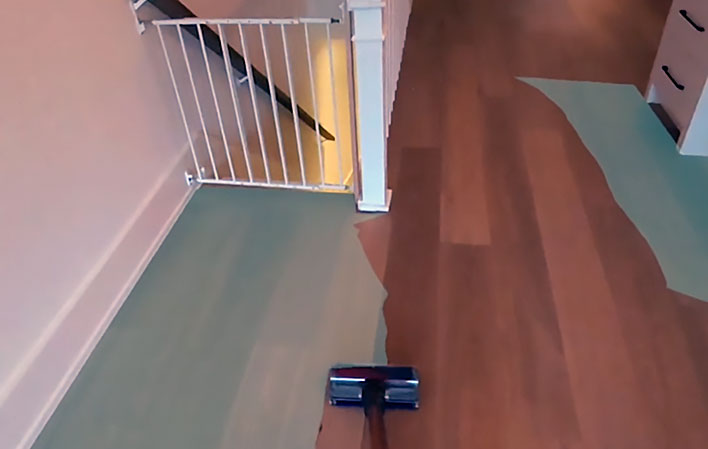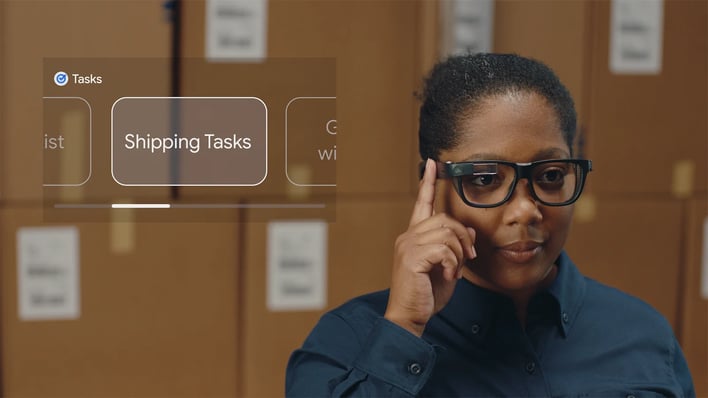Practical Applications Of Augmented Reality Are Coming Soon For Mainstream Users

Augmented reality sort of got its first public legs when Google kicked things off with Google Glass in 2013. While some may have viewed it as innovative and ground-breaking, it never took off like Google and some augmented reality enthusiasts may have hoped. In the just-north-of-a-decade since then, though, the technology surrounding augmented reality has advanced. This includes companies like Qualcomm pushing the boundaries with the recent Snapdragon XR2 launch. Sadly, we have not yet had anything mass-produced and wearable and like Google Glass since then, but similar products have entered the market. For example, a recent collaboration between Meta and Ray Ban yielded the Ray-Ban Meta Collection, which appears useful and innovative. Of course, these are not quite augmented reality glasses but could prove to be a stepping-stone while Google gets its products in gear.

Further, we have seen AR applications from companies like Amazon, which allows you to see products as they would look in your home using the Amazon app. AR also has a home in the enterprise space, with numerous companies like Google and Microsoft developing solutions such as the Hololens for companies that can make use of the technology for training and other critical services. These products are not really designed for nor are accessible to the consumer, and that is a problem. It should also be noted here that even though there has been mass investment, Meta's Metaverse has yet to take off in the augmented and virtual reality spaces. Despite those hurdles, to be able to see a future where augmented reality applications are more mainstream, one needs to understand how it might fit into their daily life. Enter the concept of gamification: when a developer applies gameplay elements to a task or event, such as points, scoring, completion goals, or otherwise. Shopify AR/VR engineer Daniel Beauchamp created a demo that gives a taste of this with one of the most mundane tasks you can do: vacuuming.
Spatial Vacuuming
— Daniel Beauchamp (@pushmatrix) January 23, 2024
Never miss a spot again! pic.twitter.com/VJlHaY9XIJ
In the video above, you can see what they call "spatial vacuuming," which allows you to see where you have vacuumed in your house. While this might be a novel idea for just seeing what you have already covered with ease, it could also be turned into a game if you don’t enjoy vacuuming. For example, you could collect points or get graded for most complete vacuuming, mow down AR goblins with your vacuum in an AR game designed to help you clean your house or compete against other home cleaners to see how well you ‘suck within the lines’ as it were. The possibilities are endless, and they do not just apply to vacuuming either. You could have dusting sword fights, dishwashing time trials, or organizing challenges like Tetris in your cupboards or pantry.
While we specifically mention the gamification of chores, AR is not limited to just that obviously as well, and it's really just the beginning or this fledgling technology. Regardless, there are a lot of interesting things that you could do with augmented reality. We just need to see the hardware arrive in market and receive mass adoption, as the creativity for it is there and is quite promising.

